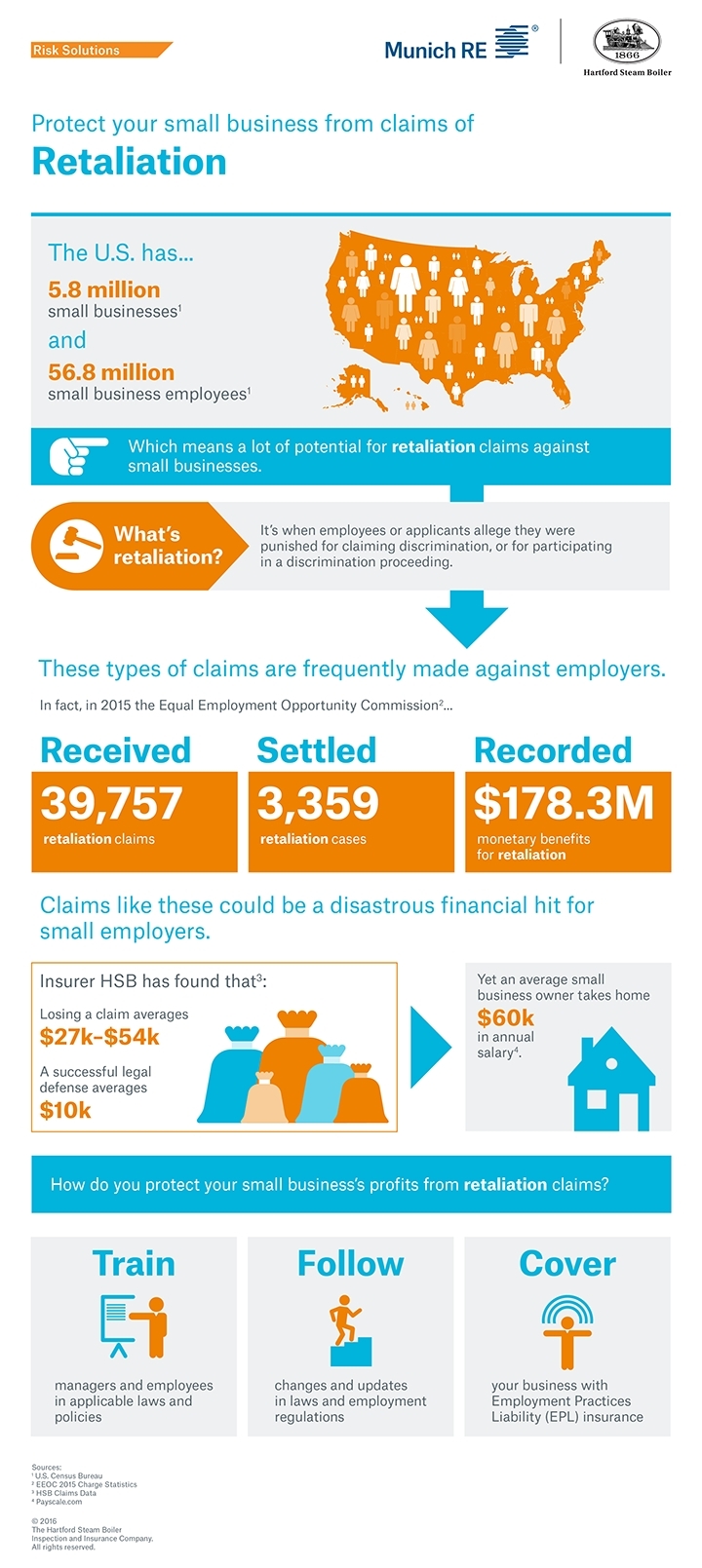Internal Fraud Hurting Small Businesses, With Losses Seldom Recovered
Occupational fraud is a significant threat to small businesses.
According to Association of Certified Fraud Examiners, the smallest organizations in its latest study suffered the largest median losses.
Significantly, the frauds reported lasted a median of 18 months before being detected. Most detection was the result of tips from other employees.
However, studies show that many other employees knew of the fraud but did not report it.
One reason for the higher loss incidents was the fact that smaller organizations typically employ fewer anti-fraud controls than their larger counterparts, which increases their vulnerability to fraud, the report states.
Nearly half of victim organizations do not recover any losses that they suffer due to fraud. As of the time of our survey, 49% of victims had not recovered any of the perpetrator’s takings; this finding is consistent with the associations previous research, which indicates that 40–50% of victim organizations do not recover any of their fraud-related losses.
Continuing a multi-year trend, the industries most commonly victimized in our current study were the banking and financial services, government and public administration, and manufacturing sectors.
The presence of anti-fraud controls is notably correlated with significant decreases in the cost and duration of occupational fraud schemes. Victim organizations that had implemented any of 16 common anti-fraud controls experienced considerably lower losses and time-to-detection than organizations lacking these controls.
Occupational fraud is more likely to be detected by a tip than by any other method. The majority of tips reporting fraud come from employees of the victim organization.
Perpetrators with higher levels of authority tend to cause much larger losses. The median loss among frauds committed by owner/executives was $573,000, the median loss caused by managers was $180,000 and the median loss caused by employees was $60,000.
The vast majority (77%) of all frauds in our study were committed by individuals working in one of six departments: accounting, operations, sales, executive/upper management, customer service and purchasing. This distribution was very similar to what we found in our 2010 study.
Most occupational fraudsters are first-time offenders with clean employment histories. Approximately 87% of occupational fraudsters had never been charged or convicted of a fraud-related offense, and 84% had never been punished or terminated by an employer for fraud-related conduct.
Significantly, in 81% of cases, the fraudster displayed one or more behavioral red flags that are often associated with fraudulent conduct. Living beyond means (36% of cases), financial difficulties (27%), unusually close association with vendors or customers (19%) and excessive control issues (18%) were the most commonly observed behavioral warning signs.
The full report is available at http://www.acfe.com/rttn-highlights.aspx.




